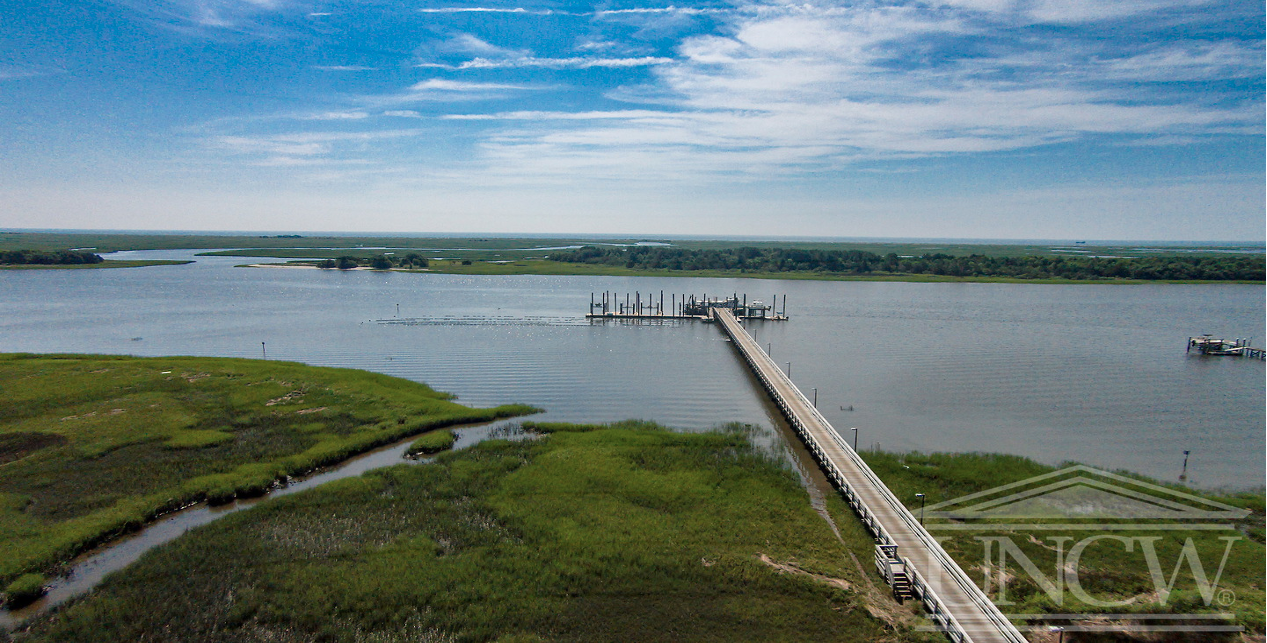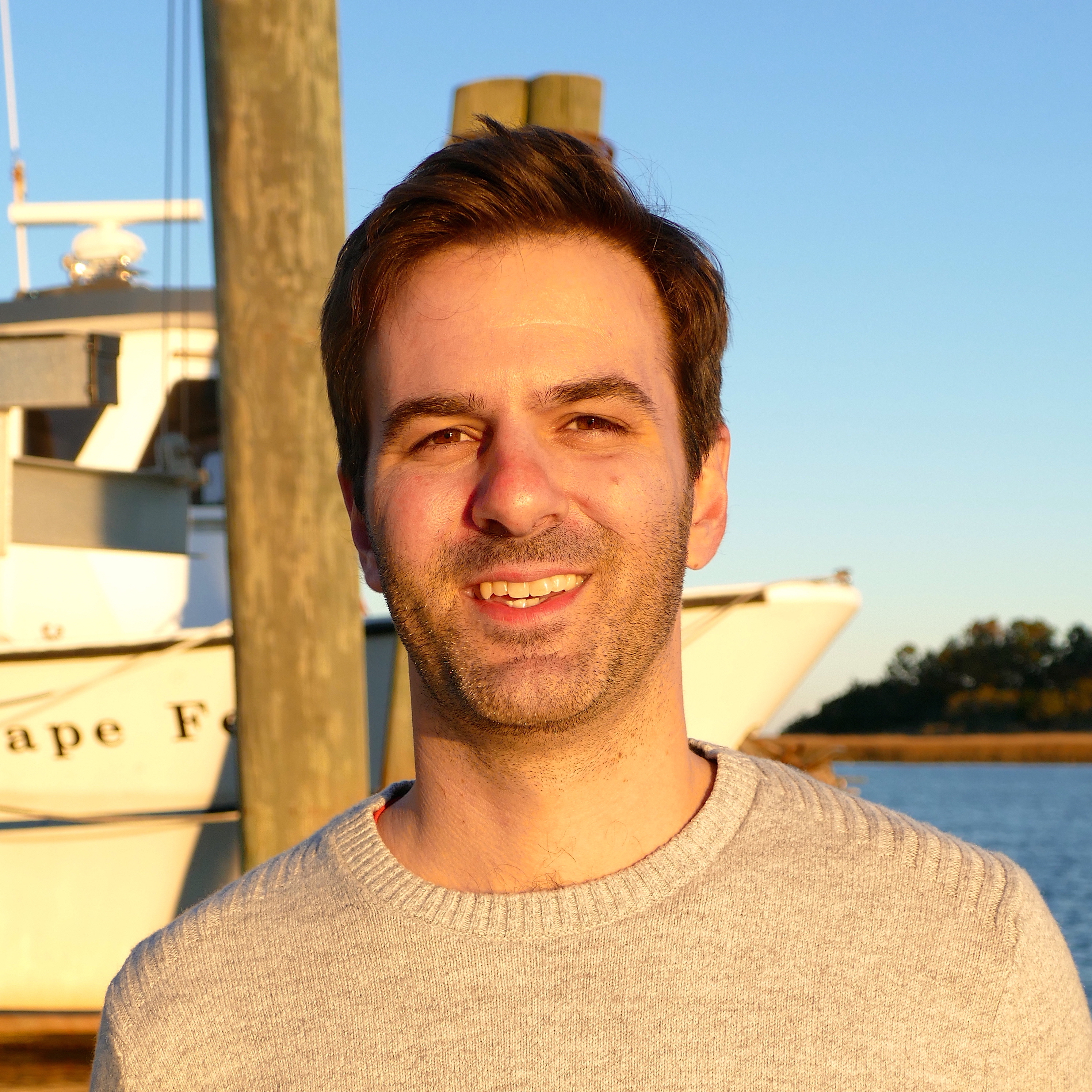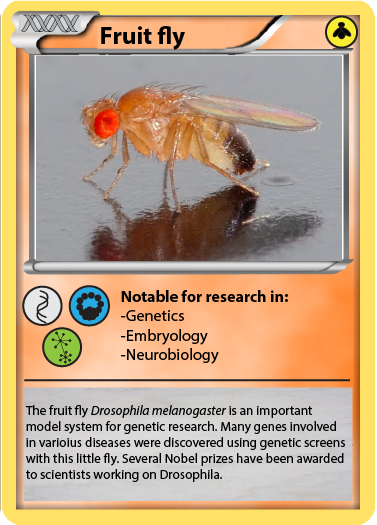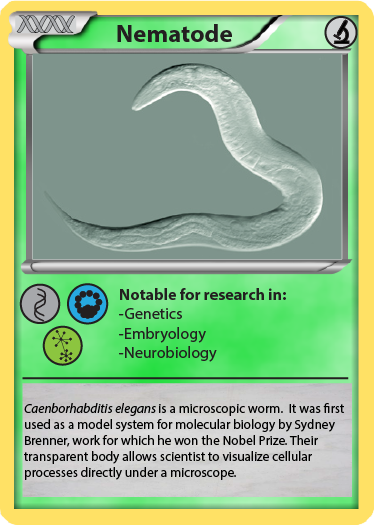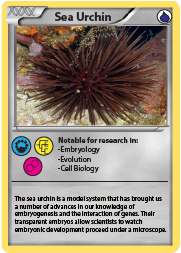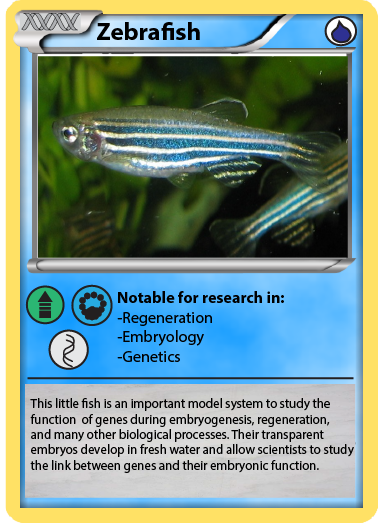
|
Desplat Y, Warner JF, Blake EJ, Vijayan N, Cuvelier M, Blackwelder P, Lopez JV. Morphological and transcriptional effects of crude oil and dispersant exposure on the marine sponge Cinachyrella alloclada. Science of the Total Environment. 2023 Jun 20;878:162832. doi: 10.1016/j.scitotenv.2023.162832. Epub 2023 Mar 15. PMID: 36924960. PubMed
|
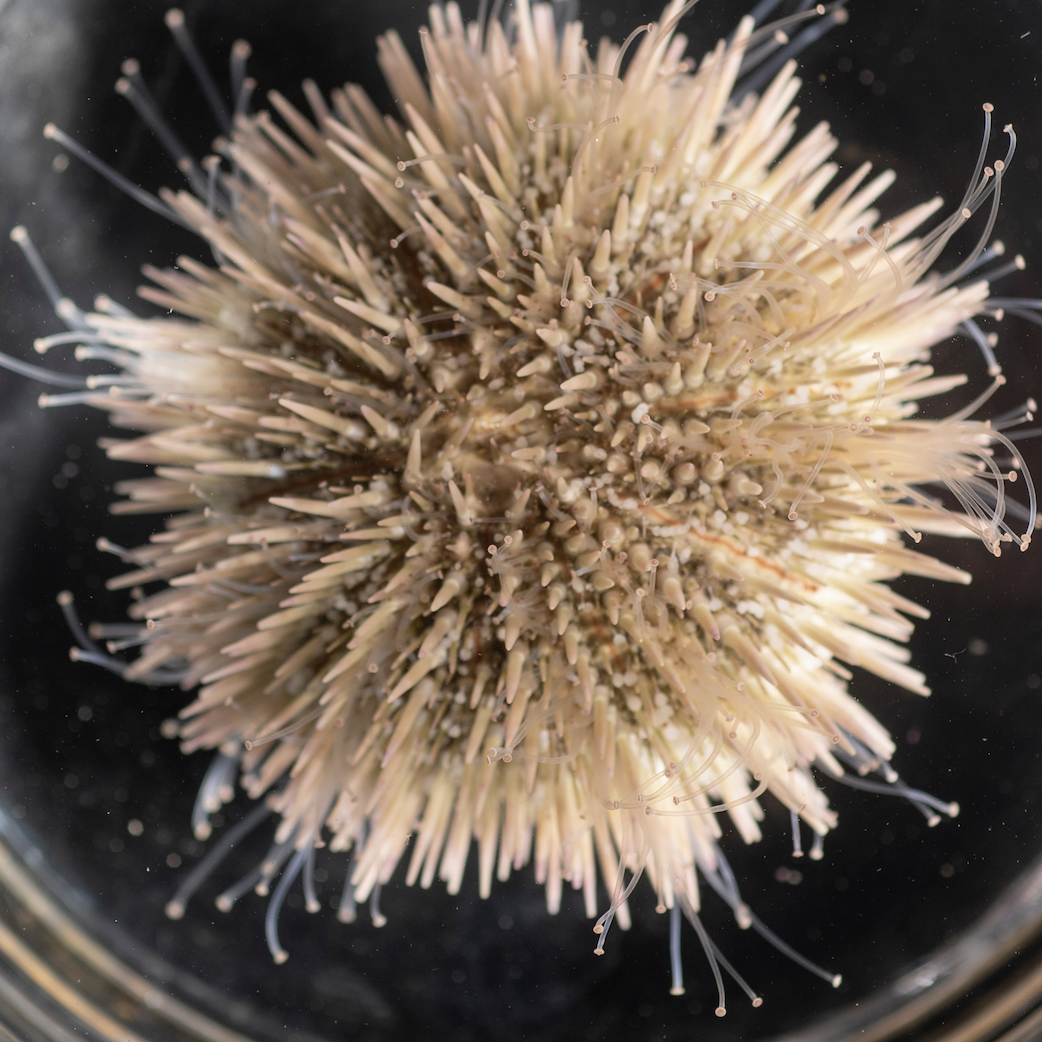
|
Oulhen N, Shumpei M, Warner JF, Wessel G. CRISPR/Cas9 knockin methodology for the sea urchin embryo. Molecular Reproduction and Development. 2023 Feb;90(2):69-72. doi: 10.1002/mrd.23672. PubMed
|
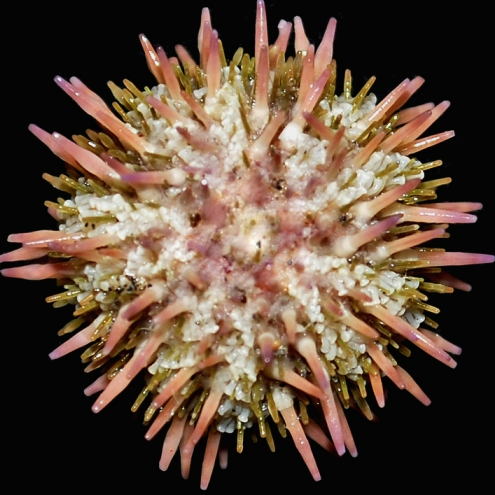
|
Vyas H, Schrankel CS, Espinoza JA, Mitchell KL, Nesbit KT, Jackson E, Chang N, Lee Y, Warner J, Reitzel A, Lyons DC, Hamdoun A. Generation of a homozygous mutant drug transporter (ABCB1) knockout line in the sea urchin Lytechinus pictus. Development. 2022 Jun 1;149(11):dev200644. doi: 10.1242/dev.200644. Epub 2022 Jun 6. PMID: 35666622. PubMed.
|

|
Desplat Y, Warner JF, Lopez JV. Transcriptome Sequences from the Tropical Marine Sponge Cinachyrella alloclada. J Hered. 2021 Dec 7:esab075. doi: 10.1093/jhered/esab075. Epub ahead of print. PMID: 34875073. PubMed.
|
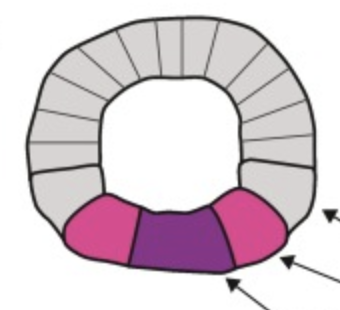
|
McClay DR, Croce JC, Warner JF. Conditional specification of endomesoderm. Cells Dev. 2021 Jul 7:203716. doi: 10.1016/j.cdev.2021.203716. PMID: 34245941. PubMed.
|
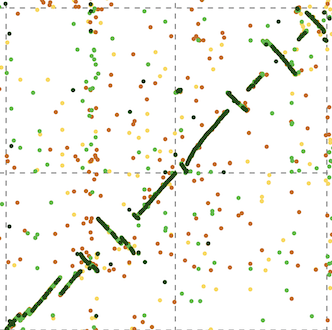
|
Warner JF, Lord JW, Schreiter SA, Nesbit KT, Hamdoun A, Lyons DC. Chromosomal-level genome assembly of the painted sea urchin Lytechinus pictus, a genetically enabled model system for cell biology and embryonic development. Genome Biol Evol. 2021 Mar 26:evab061. doi: 10.1093/gbe/evab061. PMID: 33769486. PubMed.
|

|
Warner JF, Rottinger E. (2021) Transcriptomic Analysis in the Sea Anemone Nematostella vectensis. Methods Mol Biol. 2021;2219:231-240. doi: 10.1007/978-1-0716-0974-3_14. PMID: 33074544 PubMed.
|
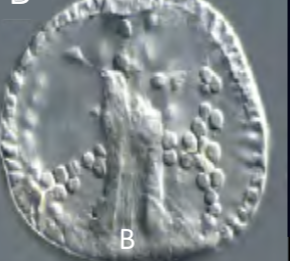
|
McClay DR, Warner J, Martik M, Miranda E, Slota L. (2020) Gastrulation in the sea urchin. Current Topics in Developmental Biology. Development. 2020 ;136:195-218. DOI: 10.1016/bs.ctdb.2019.08.004.PubMed.
|

|
Warner JF, Guerlais V, Amiel AR, Honston H, Nedoncelle K, Rottinger ER (2018) NvERTx: A gene expression database to compare Embryogenesis and Regeneration in the sea anemone Nematostella vectensis. Development. 2018 May 17;145(10). PubMed.
|

|
Warner JF, Miranda EL, McClay DR (2016) Contribution of hedgehog signaling to the establishment of left-right asymmetry in the sea urchin. Developmental Biology 411(2):314-24. PubMed.
|

|
Amiel AR, Johnston HT, Nedoncelle K, Warner JF, Ferreira S, Röttinger E (2015) Characterization of Morphological and Cellular Events Underlying Oral Regeneration in the Sea Anemone, Nematostella vectensis. International Journal of Molecular Sciences 16(12):28449-71. PubMed.
|

|
Warner JF, McClay DR (2014) Left-right asymmetry in the sea urchin. Genesis 52(6):481-487. Genesis.
|

|
Warner JF, McCarthy AM, Morris RL, McClay DR (2014) Hedgehog signaling requires motile cilia in the sea urchin. Molecular Biology and Evolution 31(1):18-22. PubMed.
|

|
Warner JF, McClay DR (2014) Perturbations to the hedgehog pathway in sea urchin embryos. Methods in Molecular Biology 1128:211-21. PubMed.
|

|
Warner JF, Lyons DC, McClay DR (2012) Left-right asymmetry in the sea urchin embryo: BMP and the asymmetrical origins of the adult. Plos Biology 10(10):e1001404. PubMed.
|

|
Walton KD, Warner JF, Hertzler PH, McClay DR (2009) Hedgehog signaling patterns mesoderm in the sea urchin. Developmental Biology 331(1):26-37. PubMed.
|
